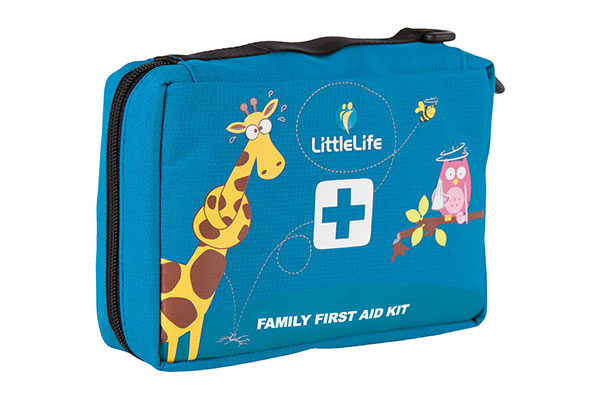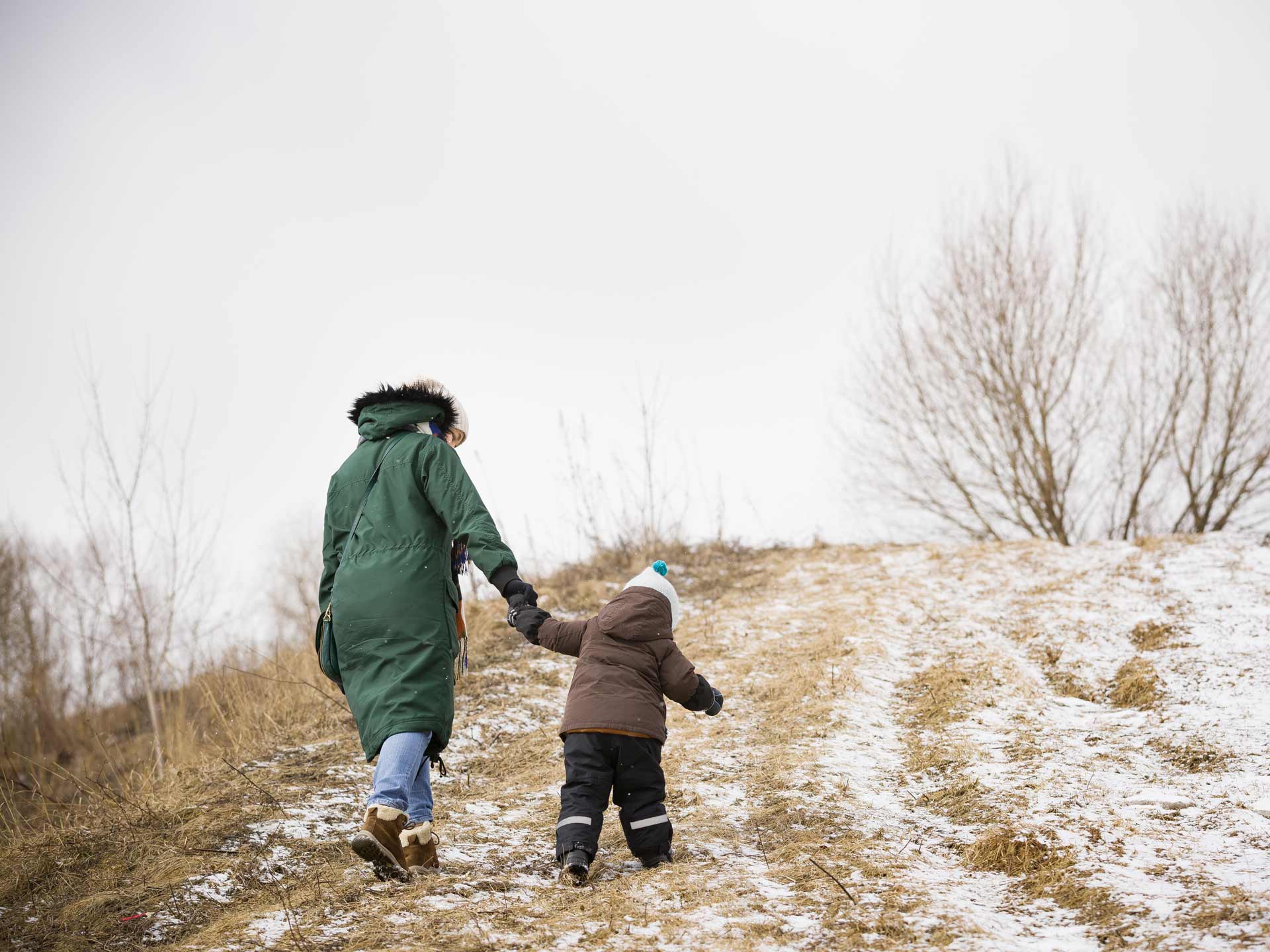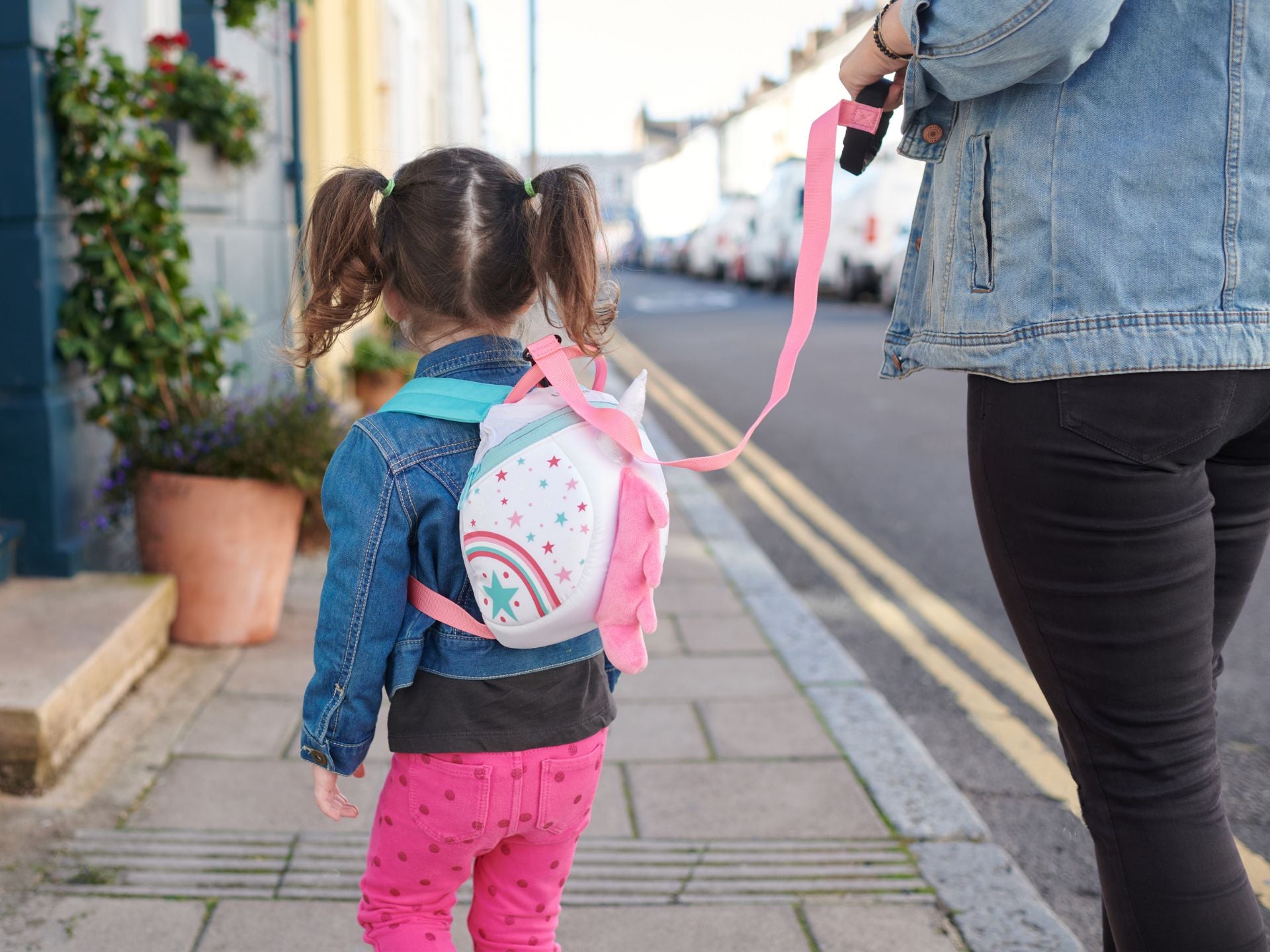Little Explorers: First Aid For Your Little Explorers
- Little Explorers

We never leave the house without our LittleLife family first aid kit. It’s handy to have in the buggy or nappy bag for everyday emergencies. But what happens when you have a serious crisis? Can you remember the first aid course you took while you were still pregnant? Or, even less likely – in the foggy days of early parenthood? We took a refresher course with the lovely Rachel from Ladybird First Aid and here’s what we learned about burns, choking and head injuries…
First up though – did you know that 112 is the emergency number for the whole of the UK and Europe? You can still dial 999 in the UK. For non life-threatening emergencies, call 111.
Burns
Burns are the main reason babies and young children end up in A&E. Hot drinks and hair straighteners are the prime suspects. Any burn to a child needs to be seen by a medical professional because their skin is a lot thinner and more sensitive than an adult’s. The best treatment you can give at home is to keep the burn under cool running water for a minimum of 10 minutes.
If it is very severe, call the emergency services. Here’s a good tip – if you are taking the child to see a medical professional, wrap the burned area in cling film (remove the first two wraps and discard to ensure cleanliness.) Lay the cling film in the direction of the limb and gently seal around. This stops air getting to the burn and helps prevent infection.
Don’t use adhesive dressings, lotions, ointments or butter. Don’t pop any blisters, and don’t remove any clothing that has stuck to the skin. Use burn gel if you are out and about with no access to running water, but if you are at home, water is a better choice.
Choking
Death by choking has very sadly been in the news lately. We’re not trying to frighten you but marshmallows, nuts, popcorn, grapes, sweets and cherry tomatoes are all risky foods for young children. Money, marbles, LEGO… the list is endless. You can’t prevent all accidents, but you can take precautions. Encourage your child to sit down while they eat and chop risky foods up carefully.
A full choke is often known as ‘the silent killer’. If you think a child is choking ask them ‘are you choking’? If the choke is partial they will be able to cough, speak and breathe. If the choke is a full choke, the airway is fully obstructed by the object and they will not be able to speak, cough or breathe.
If a child is coughing, encourage them to continue to cough and if it is a partial choke this should clear the obstruction. If the cough become ineffective, or if they have a full choke and they are silent you need to take action.
If you’re helping a one to six-year-old, kneel down with them standing in front of you, or sit and have the child between your knees. For older children and adults, both should stand.
Support the child across their chest, lean them forward and use the heel of your hand to give five impactful back blows between the shoulder blades. Make sure you keep looking to see if the blockage has come out.
If the obstruction hasn’t come out then give five abdominal thrusts. Stand behind the child. Make a fist with one hand, and place the other hand on top of this. Place this below the rib cage and above the belly button and sharply move the hands in a J-shape in and up.
Alternate between the five back blows and five abdominal thrusts. Repeat this pattern three times and then call the emergency services (or ideally someone else will call for you) and continue with the back blows and abdominal thrusts.
If they stop choking, you may see the object come out but also remember they might have swallowed it. They must be checked by a medical professional afterwards, because their bodies will have been subjected to a lot of unnatural force. It’s surprisingly physical. On an adult, you will have to push in and up very firmly. Rachel had a brilliant choking simulation vest which showed quite how strong you have to be with an adult to remove the blockage. If the casualty becomes unconscious start CPR.

Head injuries
After a bump to the head, hold a cold compress onto the area for five to ten minutes. Then it’s all about monitoring - you are looking out for signs of concussion. Concussion can happen straight away or up to 48 hours after the bump to the head. If your child starts vomiting, or being dizzy and confused, behaving out of character, if they are pale or clammy or bleed anywhere from the head in the following two days – take them to hospital to get checked out ASAP.
Remember to tell your child’s teacher or carer if they have had a bump in the past 48 hours so they can look out for signs.
Children are most likely to bump their heads before bedtime when they are tired and more clumsy. If this happens, try and keep them awake for 1.5 to 2 hours afterwards. This is not ideal at bedtime of course, but it is a good idea. When they go to bed, check on them every 15 minutes for a temperature or being sick. When you go to bed, set the alarm to check on them at least twice in the night.
If you are at all worried or have any doubts – go to A&E. No doctor will ever think you are wasting their time...
Want to know more?
Rachel also gave us a much-needed refresher on CPR and the recovery position. We highly recommend that you (and any other people who care for your children) consider attending a practical course if your skills are a little rusty. There are lots of Ofqual Approved First Aid Instructors in the UK who give excellent courses at home and in the community. You could save a life.





